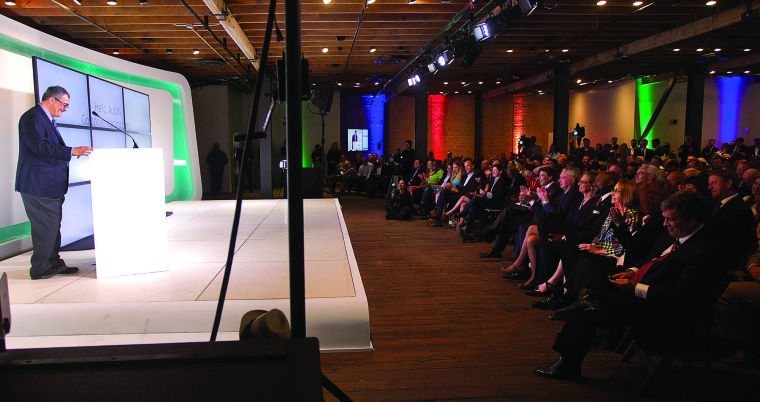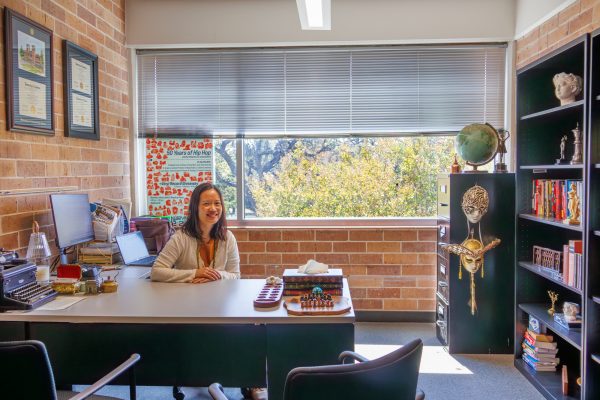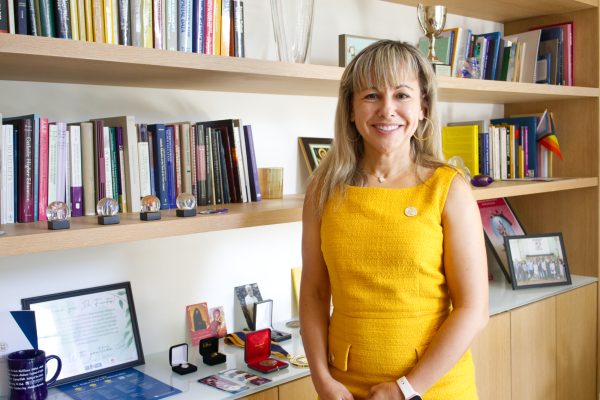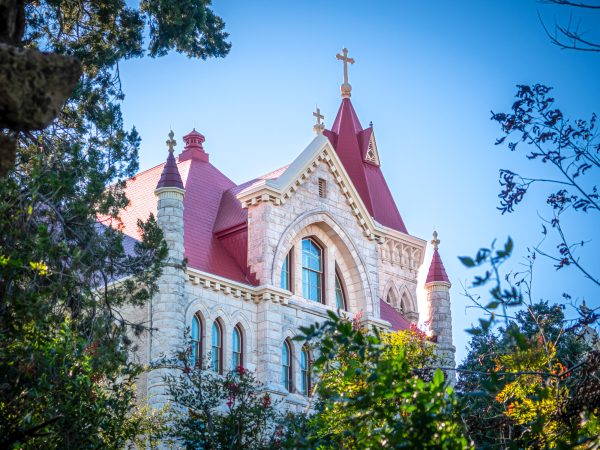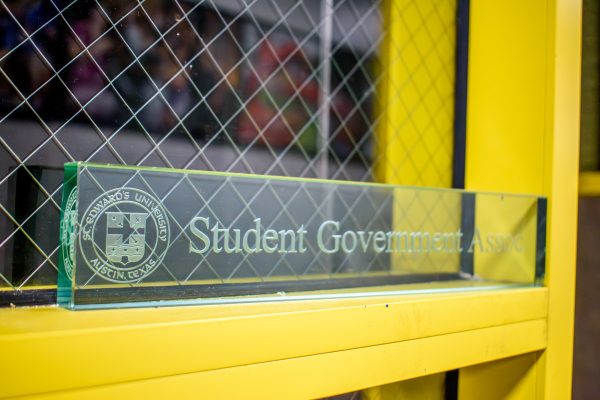University prepares for Google Fiber in hopes to receive service
Since Austin City Council approved St. Edward’s University’s application to receive free Google Fiber through a community connections program, the university has begun preparing for the possibility that Google Fiber might be coming to campus.
Google Fiber offers Internet connection speeds of 1 gigabit per second, which is up to 100 times faster than basic broadband. Since Google Fiber functions at a larger bandwidth, it allows people to access and stream videos and other digital media without buffering. Google engineers are currently in the process of drawing the boundaries in Austin for what they call fiberhoods. Our fiberhood will consist of approximately 200 homes in the surrounding area. In order for St. Edward’s to receive Google Fiber, our fiberhood must express sufficient interest. The fiberhood boundaries are expected to be announced in mid to late 2014.
“Once they announce those boundaries, Google will have something that they call a rally and that is where they will be looking to get people that are interested to commit to Google Fiber,” Director of Instructional and Emerging Technology Rebecca Davis said.
It is unknown the amount of commitment Google needs to begin building the fiber connection for Austin, but in Kansas City five percent was used as the standard. The standard will change based on the difficulty of building the Fiber infrastructure to different areas, according to Google.
Davis estimated that it will most likely be 2015 before Google Fiber is actually on campus.
“When Mark Strama, the head of Google Fiber for Austin, spoke to St. Edward’s DMBA students he noted that there will be an opportunity for the members of our fiberhood to rally the community for support. When the time comes, we will certainly be asking our students to help rally support for Google Fiber in our fiberhood.” Director of Digital Infrastructure Ben Hockenhull said.
The installation of Google Fiber would affect the university in many ways and possibly replace a current Internet service provider.
“We have two internet service providers now that give us a certain amount of bandwidth. We would be able to replace one of those with Google Fiber,” Davis said. “Where you will see the benefit is more people being able to be online at the same time doing more intense things than just email or surfing the web.”
While St. Edward’s has made improvements to their network over the past few years, the addition of Google Fiber would take the university that much farther, Davis said.
“Over the past two or three years the Office of Information Technology has been working steadily to upgrade our network and this is something that takes a while to do,” Davis said.
St. Edward’s Internet service is currently keeping up with demand, but with increasing number of devices using the Internet, changes are expected to be needed in the future.
“I think our network is fine right now, but we don’t want to be caught trying to scramble for a network. We want to think proactively so that we are prepared for students that come four years from now,” Davis said.
Hockenhull said that the current service is “both fast and reliable, but it’s also relatively expensive. We keep careful track of the speed and reliability of our service, and plan for regular upgrades in order to meet demand.”
St. Edward’s was one of 100 public facilities to receive approval for a free Google Fiber connection from a pool of over 350 applicants.
The University of Texas at Austin is not one of the 100 public facilities to receive Google Fiber, Davis said. This is most likely because of their status as a research institution.
Large research universities such as UT have access to a consortium called Internet2, which provides the same level of bandwidth as Google Fiber, but Internet2 mostly benefits professors than students.
Colleges the size of St. Edward’s would not normally be able to afford something like Internet2, but Google Fiber would allow St. Edward’s to experience similar benefits for free. Google Fiber will provide the opportunity to drastically improve the infrastructure of the university at a much lower cost, Davis said.
If Google Fiber is built out to St. Edward’s, the university will gain free access through April 8, 2023.
Follow Dylan on Twitter @dylan_sosa

